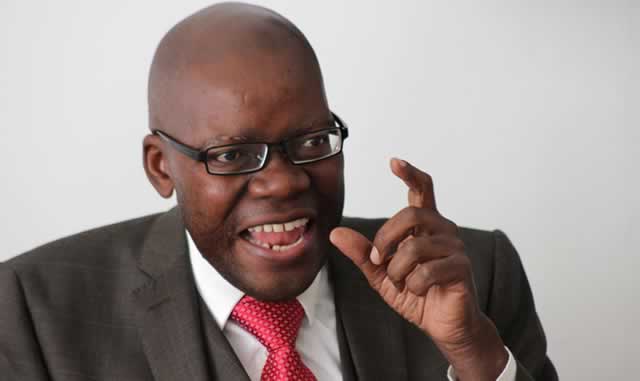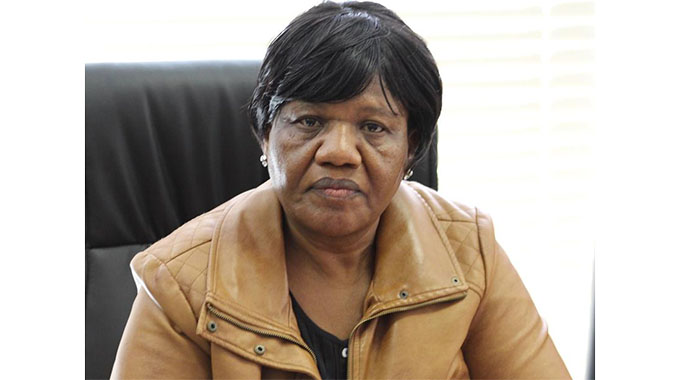Biti misfires on Kariba: Experts

Freeman Razemba Senior Reporter
The adjustment made to the cost of constructing Kariba South hydro-electric power project from us$355 million to us$533 million reflects the full cost of the project management and implementation and no money went into the pockets of individuals, says a senior Government official.
The increase by at least 60 percent was done above board and factored in all costs of the project management and implementation contrary to misleading claims by MDC Renewal Team leader Mr Tendai Biti that the changes were unjustified.
The original project was signed and sealed during the Inclusive Government at a cost of us$355 million, a figure Government says was only for Engineering, Procurement and Construction (EPC).
Engineers and economists also concurred with Government that project costs could be varied due to a number of unforeseeable developments during implementation.
Mr Biti was last Thursday quoted attacking Government and claimed the cost was deliberately inflated.
“These people are corrupt and irresponsible for them to amend an agreed contract that I personally participated in negotiating during the inclusive Government,” Mr Biti was quoted as saying.
Deputy Minister of Energy and Power Development Engineer Munacho Mutezo said Mr Biti’s sentiments were either from someone who did not understand the whole project or was meant to deliberately mislead the country.
“The figure (us$355 million) being quoted is the EPC (Engineering, Procurement and Construction) cost which is not the same as the full project cost. The full project cost incorporates other costs which will make the project complete,” he said.
Eng Mutezo said the EPC cost and inflation adjustment is us$355 million and us$10 million respectively, existing power station sprucing up is us$48 million, funding Escrow accounts us$28 million and us$15,7 million for advisors.
The other costs also include us$53 million for interest during construction, us$4,4 million for National Parks and Wildlife fees, us$1,2 million for THE Zimbabwe Energy Regulatory Authority, us$2,7 million for Environment Management Authority fees and us$15 million for the Zimbabwe Power Company costs.
“The EPC was awarded to Sino Hydro at a cost of us$354 951 023.
The contract was signed in December 2012. The contract allows for a Chinese inflation adjustment from December 2012 to date of commencement. From the inflation obtained from the Economic Intelligence Unit the figure was estimated to be us$10 million,” Eng Mutezo said.
He said for the capital expenditure for the existing plant to be able to generate the required revenue to repay the interest and the loan without taking from other projects, ZPC would raise us$48 million to refurbish the plant.
Eng Mutezo said the lender required that the Escrow Accounts be funded to the tune of us$28 million and that the amount would be locked up in bank accounts until the loan was fully paid after 20 years.
An Escrow account is “a trust account held in the borrower’s name to pay obligations and the borrower does not have access to it until the termination of a transaction.
Eng Mutezo said ZPC engaged advisors to assist in the project and these were technical (Hatch), financial (KPMG), legal (Norton Rose) and transaction (ATC).
“ZPC had not carried out projects of this magnitude for the past 25 years and need the expertise to assist in raising the required amounts. The banks also require that some of the information prepared by management be independently reviewed,” Eng Mutezo said.
On the us$53 million interest during construction, he said the bank required that interest be paid during construction while the us$4,4 million National Parks and Wildlife fees was for the ZPC to access areas where they would get aggregates, both coarse and fine, to be used for construction.
The US$1,2 million ZERA fees are based on 5 percent of the revenue generated for five years and would be based on the revenue generated by the additional 300MW while the US$2,6 million EMA fees were charged by the authority and based on 0.75 percent of the project EPC cost.
Eng Mutezo said the US$15 million ZPC cost was for paying people employed on a contract basis for the duration of the project for the purpose of supervising and to gain experience for other projects to be implemented.
“The amount of funds required will enable the new power plant to be constructed and completed as well as the existing power plant to be refurbished so that its life can be extended.
“Banks normally give funds for specific expenditure, which they monitor so that they are assured that they are able to be paid back and hence the bank will pay directly to the suppliers,” he said.
A Zimbabwe Power Company engineer, who declined to be named for professional reasons, said it was permissible for the cost of the project to either increase or decrease.
“According to best management practice, variations are allowed due to change of scope or design after the project has started,” said the engineer.
“Engineers would have overlooked something, which is critical for the success of the project and co-option of that feature will result in an increase in scope and price.”
Economic analyst Mr Witness Chinyama said there was no problem with project fees going up or going down.
“There is no problem on that and especially when it is something done above board. The problem would be when it is something done through an element of corruption and meant to benefit a few individuals,” he said.
He said some of the projects resulted in the creation of employment thus benefiting the nation.
Early this month, President Mugabe commissioned the construction of the US$533 million Kariba South Power Extension Project expected to generate an additional 300MW by 2017.
The project had been on the cards for years with its implementation hampered by the shortage of foreign currency, among other obstacles.
The US$320 million loan extended by the Chinese government made the project a reality with the Zimbabwe Power Company weighing in with US$213 million borrowed from development finance institutions.









Comments